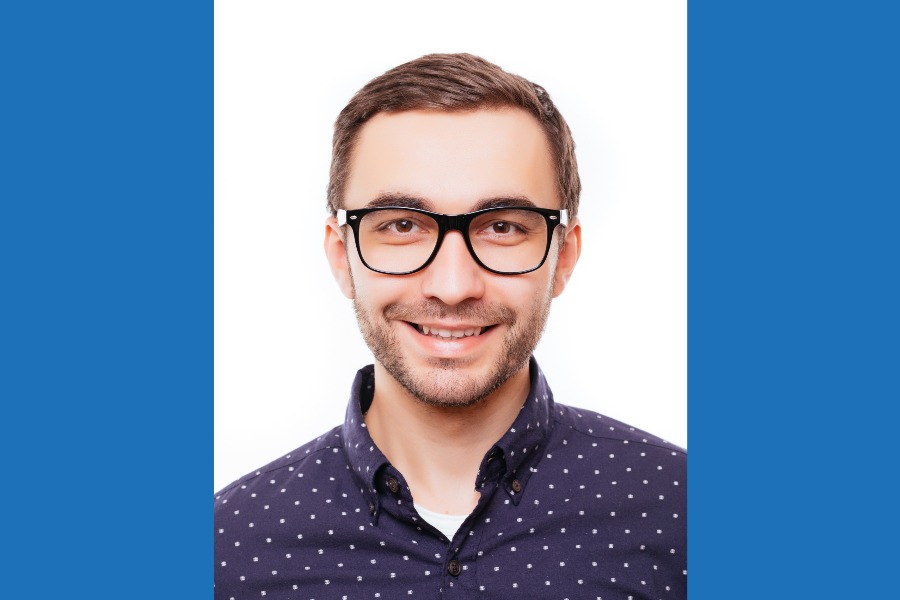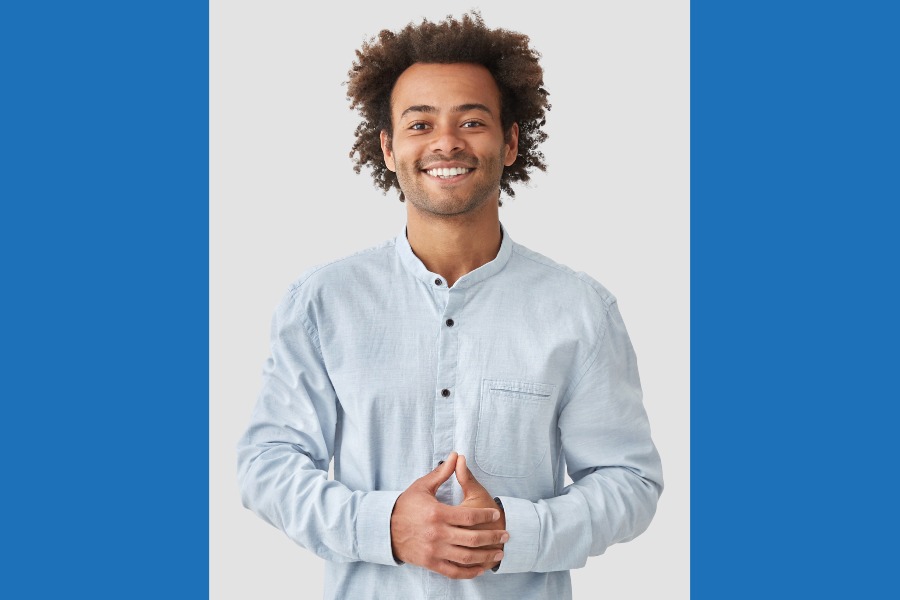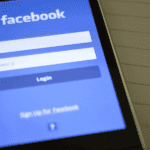Headshots have been in use for donkey years. For years, actors and models have been using headshots to secure auditions for acting roles.
The headshots requested were usually 8 x 10 inches in size, revealing from their heads down to their shoulders, and a little bit of the chest area.
But then, are models and actors the only ones using headshots? The answer is no! Professionals across all industries use headshots.
Here, we will be discussing the meaning of a headshot and other things you need to know about the subject. Keep reading for more information.
What Is A Headshot?
A headshot features a portrait photo of a person, showing the person’s head and shoulders. You don’t have to show your hands or entire body in a headshot. In addition, corporate headshots are cropped where the tie meets the individual’s suit.
Casting directors and modeling agencies usually demand headshots from applicants. They use them to determine if the candidate is the right fit for the job.
So, headshots are used to create a first impression. Thus, your headshot must be top-quality and professional. It should set you apart.
Create a lasting impression in the minds of your potential employers, and you’ll secure that audition or interview you have been pursuing. You don’t have to perform any unique poses. Just ensure your headshot is high-quality, well-cropped, and professional.
Now, let me address some quick questions before we dive deeper into other details.
Who takes headshot photos? Professional photographers take headshots.
You need to use a professional photographer to ensure your headshot is high-quality. You can use your smartphone, but experts don’t recommend this. You will get better quality with a good camera used by professional photographers.
Where are headshots taken? You can take your headshot in a professional photographer’s studio with light and a backdrop. You can also take your headshot outside using natural and ambient lighting, including fill flash.
A Handy Tip: Request to create diverse poses and facial expressions during your headshot sessions with your photographer. Why? You may need headshots with different expressions or poses for various applications.
What Are The Uses Of Headshots?
You can get some ideas of the uses of headshots from the definition above. However, let’s discuss what the uses are in detail.
So, what are headshots specifically used for? Why should you even bother to take headshots, by the way?
1: Headshot serves as a business card to actors and actresses:
You couldn’t have become an actor or actress without a headshot. If you did, then chances are you know the casting director.
Headshots serve as business cards to actors and actresses. They help them to stand out in a highly competitive entertainment industry.
In addition to seeing your face and matching it to the role, acting directors can gauge your likeness for the acting career. Your facial expression and look can help acting directors form opinions about you.
2: Add headshot in your author Pages:
If you’re an author, know this: you need a good-quality headshot for your new book. Adding a headshot to your books helps your audience to know and connect with you on a deeper level.
3: Put your headshot in your CVs and Resumes:
Writing your name, experiences, qualifications, and experiences on your CV is ideal. However, they aren’t enough.
The labor market is highly competitive, so you need to do something that sets you apart. Other applications may have good CVs and Resumes like you. They may even have more experience, qualifications, or achievements than you.
How can you stand out? Put your headshot on your Resume and CV. This way, potential employers can easily picture and remember your face.
Most people may argue that they already have their headshot on their LinkedIn or online profile, so they don’t need to add one to their resume or CV. But that is not true. Go ahead and add your headshot to your resume if you have one.
4: Add headshots to your online profiles: Twitter, LinkedIn, Facebook, Instagram, etc.:
Adding a headshot to your social media profile is a good decision. Don’t believe the claim that social media platforms are for interaction with friends and families alone. You can connect with other professionals in your industry and those you came across at various forums and professional events.
Most people won’t accept friend requests unless they know who sent them. Some may not even have the time or bother to open the image to check who sent them.
If you’re the one in this situation, adding your headshot to your social media profiles will make it easier for you to connect with networks. Your friend requests will get accepted easily because people can quickly identify you via your headshot.
5: Incorporate headshots in your business cards, marketing collateral, and brochure:
You may have attended several business networking meetings or events over the years. You may have also received several business cards and brochures from others during those events.
Here is a simple question: do you remember who gave you that XYZ business card? Do you remember what the person looks like? Of course, you may have forgotten the person you got the card from.
However, if the individual had added their headshot on the business card, you wouldn’t have had issues remembering the person’s face, including what they do.
So, here is what you need to do: attach your photo (headshot) on your business card and brochure, including your magazines. By doing so, potential clients and professionals in your field can quickly identify and connect with you.
6: Add headshots to your company website:
Having headshots of everyone on your team on the company website helps create a visual identity. It allows prospects to put a face to each individual’s name.
A study concluded that 60% of consumers using online searches to locate and purchase items claim they prefer to contact and do business with a company whose listings include an image.
7: Incorporate headshot in press releases
Whether it’s a press release, job, promotion, or announcement, you have to put a face to your name. Adding headshots in your press release will help present your brand positively. It will help authenticate the information and make it appealing to prospects.
Headshot vs. Portrait: What’s The Difference?
Both terms, “headshots and portrait,” are often used interchangeably. But they are different.
Here’s the difference:
Headshot doesn’t include the entire body. It consists of the face and shoulders. Those are the two key features that make a headshot.
On the other hand, portraits can include a person’s entire body. In addition, portrait shots are often more artistic.
Examples of a headshot and portrait:
Example of Headshot:
Example of Portrait:
5 Important Elements of A Headshot
What are the elements that depict a good headshot? Here are six pro tips to consider when taking a headshot.
1: Consider your pose:
Your pose should show two things: professionalism and charisma. In addition, don’t force your smile. Make it natural and professional.
The reason for taking headshots is to create an impression. So, take a headshot that shows you’re a true professional and have the charisma needed to execute the acting role satisfactorily.
2: Use a professional camera:
Ditch the idea of taking your headshot with a phone. Get a professional camera or a professional photographer to do the job.
What do professional cameras offer? They minimize lens distortions and maximize resolution to ensure you can use the headshot on various marketing materials and screens.
3: Remove distractions and imperfections via retouching or airbrushing:
Don’t let some temporary imperfect ruin your headshot. Use professional retouching or airbrushing techniques to remove any temporary defect on your headshot.
These include yellow teeth, acne, under-eye bags, stray hair, etc.
4: Wear appropriate clothing:
You know your industry better than anyone. You know the ideal clothing to wear. However, dressing corporate is the best way to dress up for your business headshot.
5: Consider the lighting:
Lighting is essential in headshots, and professional photographers know this. Sufficient lighting will emphasize you, the photo’s subject, as the primary focus.
Conclusion
What is a headshot? A headshot is an individual’s portrait or photo showing the person’s face and shoulders. You don’t need to display your entire body in a headshot.
Headshots have a wide application. You can use them on your CV, Resume, LinkedIn profile, business card, press release, company website, and social media profiles.
Casting directors and modeling agencies request headshots from applications. They want to know how you look before meeting you in person. So, create a good first impression with your headshot. Take quality headshots.





